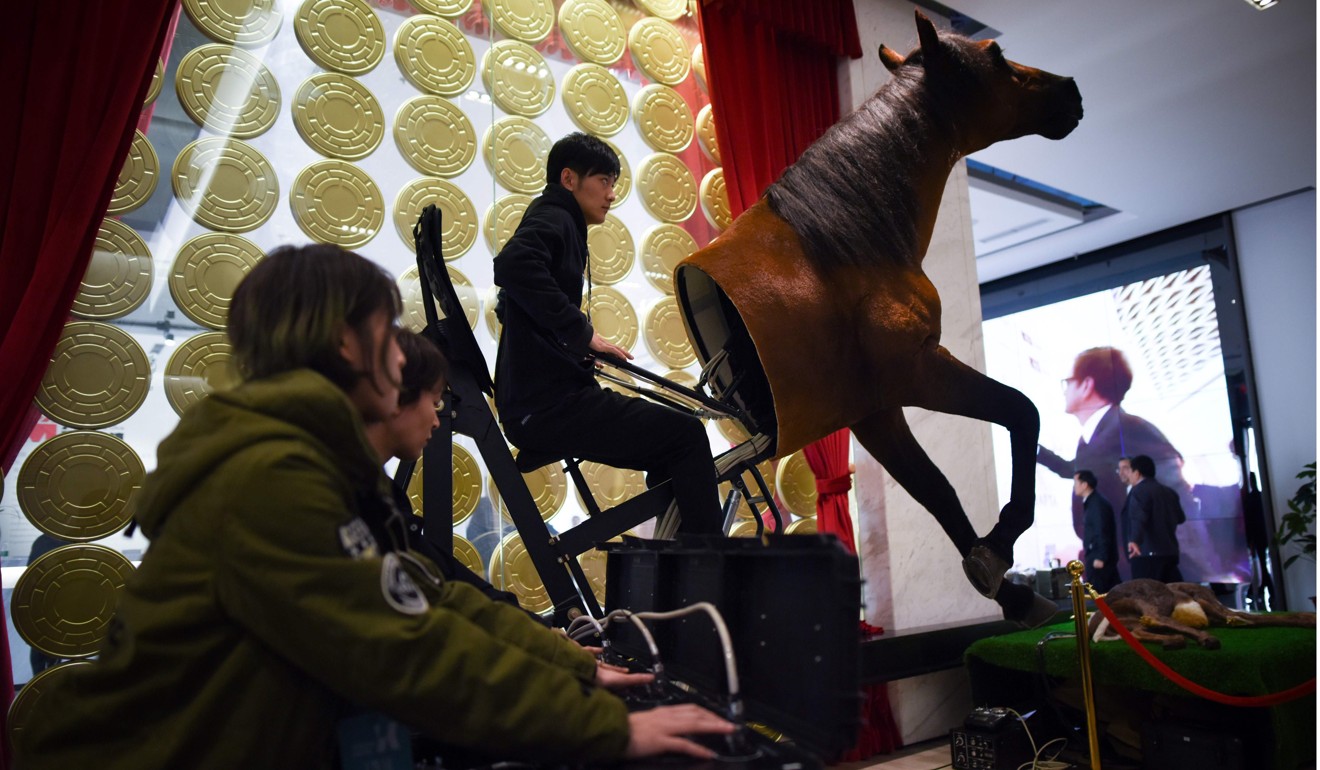
Can Trump strengthen America’s influence in Asia during his visit?
David Shambaugh says the region, an economic powerhouse, is vital to US interests and Trump must win over leaders with reassurances of US commitment. Boorish behaviour will not be tolerated
Donald Trump and Moon Jae-in meet in Washington in June 2017
Vice-President Mike Pence, Secretary of State Rex Tillerson and Secretary of Defence James Mattis have also visited Asia on several occasions.
This high-level engagement has been particularly noticeable since the summer. During the first half of the year, there was a palpable American absence across the region – creating a strategic vacuum ready to be filled by China. The past few months of stepped-up engagement has helped assuage nervous governments, particularly in Southeast Asia.
US to help India balance China’s power under Donald Trump’s new Asia strategy
Will US President Donald Trump’s Asia trip result in deals to rein in North Korea?

How will Donald Trump’s Beijing visit shape US strategy on China?
Demographically, Asia comprises 60 per cent of the world’s population. Eight of the world’s 15 most populated nations are in Asia, including the world’s three-largest Islamic nations. Despite the impressive growth in disposable incomes and standards of living across the region in recent decades, 800 million Asians still live on less than US$1 per day.
Given rising regional tensions, the Indo-Pacific region still looks to America as the primary stabilising force
The region is bristling with increasingly sophisticated weaponry as almost all militaries are modernising their forces. Given rising regional tensions, the Indo-Pacific region still looks to America as the primary stabilising force.
It will be interesting to see if Trump takes note of these regional realities in his speeches. He is expected to give three public speeches during the trip – at a joint US-Korean military base, to the South Korean national assembly, and at the Asia-Pacific Economic Cooperation forum summit in Da Nang, Vietnam.
Trump at the Nato summit: A speech and more
Trump inherited from Barack Obama an unprecedentedly strong position for the US in Asia. With its “pivot” policy, the Obama administration prioritised Asia as no previous US administration had – while the Trump administration has yet to “brand” its Asia policy, thus far we see prioritisation for a continued strong and influential American role in Asia.
There remain doubts about the depth of the administration’s understanding of the dynamics at work across Asia
While we can expect reassuring rhetoric from Trump during his tour, the US needs to substantively increase its engagement with all Asian societies on a continual basis. Periodic “parachute” visits by US presidents and senior officials, giving reassuring speeches, is not enough. Asians have long witnessed this approach from Washington. After Trump departs, only continuing substantive engagement at both governmental and societal levels will suffice to reassure Asia that America can be counted on.
David Shambaugh is Gaston Sigur Professor of Asian Studies, Political Science & International Affairs at George Washington University in Washington, DC, and co-author of The International Relations of Asia

